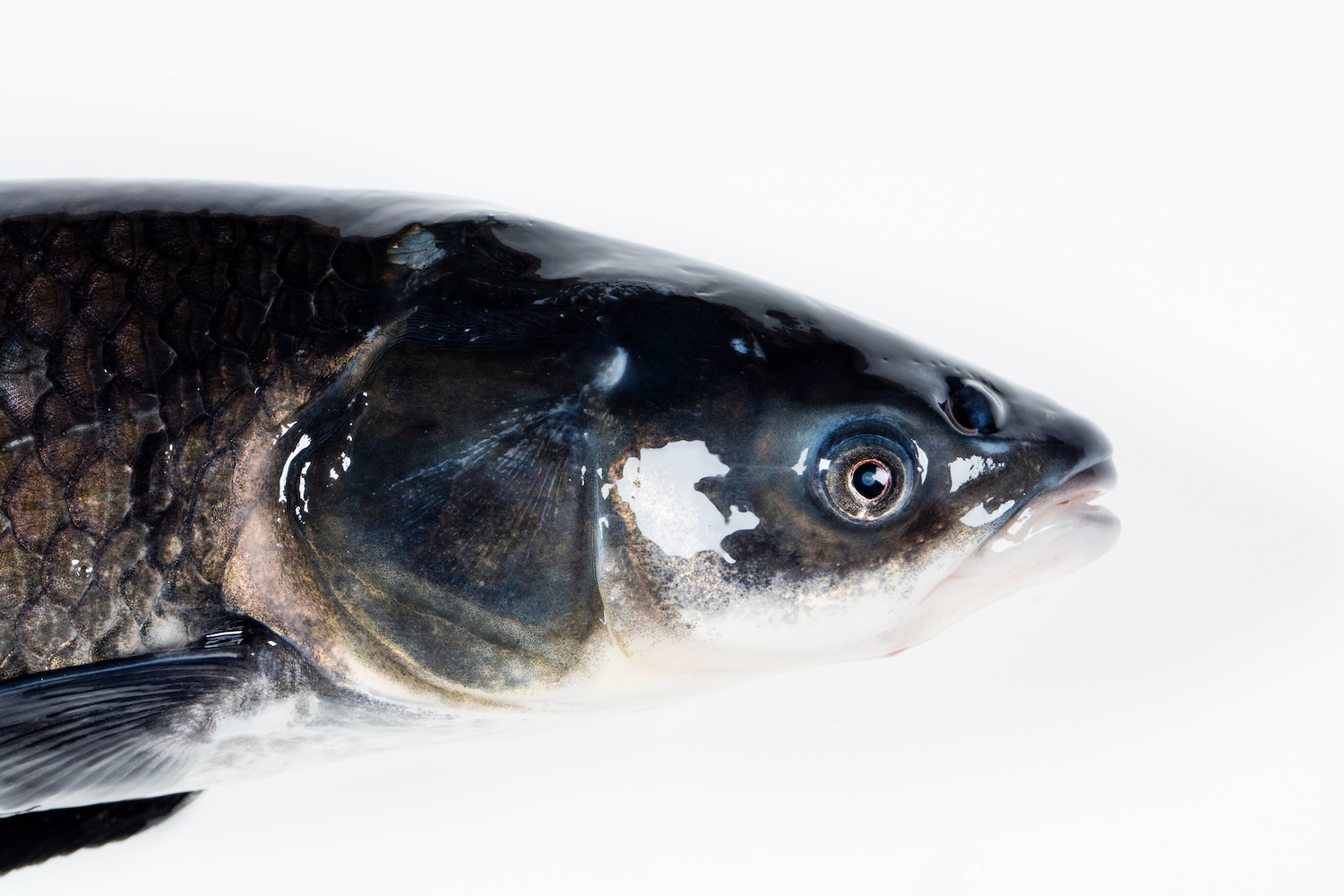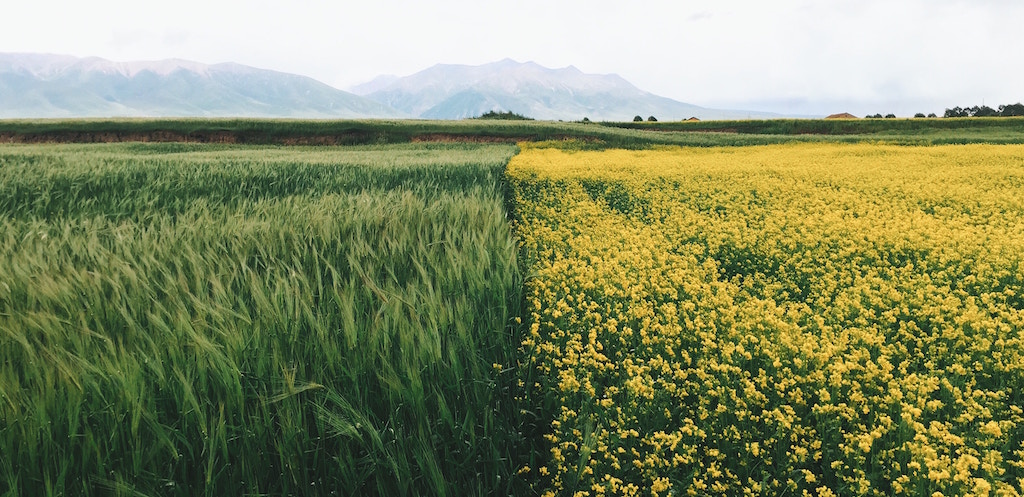
USFWS Fish and Aquatic Conservation Follow
The only thing more dreadful than a five-foot long black carp—an invasive species of fish that chomps up mouthfuls of endangered mussels with its human-like molars—is a baby one.
Unfortunately, a striving and thriving juvenile black carp is exactly what the state of Kentucky has recently discovered in its waters along the Ohio River. (As with humans, “juvenile” is a technical way of saying “not fully-grown yet.”)
Adult black carp have been spotted a handful of times in the past along various rivers. However, this is the first instance in Kentucky, and the second instance in the country overall—after a 2016 finding in Missouri—in which a young black carp has been found. And that’s concerning because it indicates that the species as a whole is viable in America’s waterways.
Consider running into a cockroach in your apartment: An adult sighting could simply mean the bug is passing through. But a baby one probably indicates that you have an infestation. (Black carp, for what it’s worth, are sometimes called “black Chinese roaches.”)
 Leo G. Nico / US Geological Survey
Leo G. Nico / US Geological Survey Young wild-caught black carp from Louisiana, collected by a commercial fisherman in 2010. Black carp are very similar in outward appearance to grass carp, another invasive fish found in the Mississippi River Basin
Black carp were first brought to the U.S. from Asia in the 1970s, shipped in to help control the snail populations plaguing catfish farming operations in the South. But as fish in fish farms are wont to do, the carp escaped into the wild after a series floods set them free from their containment ponds beginning in 1994. In 2007, the U.S. Fish and Wildlife Service added the species to its list of injurious wildlife, and prohibited its transport and trade.
That young black carp are now showing up in the wild isn’t just bad news for Kentucky, but for the thirty other states whose waterways feed into the Mississippi River Basin.
“It shows that black carp populations are possibly expanding more than we realize,” says Jessica Morris, a fisheries biologist at the Kentucky Department of Fish and Wildlife Resources (DFWR).
That could spell disaster for delicate aquatic ecosystems. For one, the presence of black carp means we’ll likely see a decline in snails and mussels, the fish’s favorite foods. Over half of the mussel species native to Kentucky are already gone or in danger of disappearing, and the arrival of a hungry new predator could be enough to jeopardize their existence altogether.
Unlike, the French—or, say, Julia Roberts in Pretty Woman—black carp don’t dine with snail tongs and escargot forks. Their utensils are far more brutally efficient.
“They have teeth that are farther back along the gills called pharyngeal teeth,” says Leo Nico, a research fishery biologist with U.S. Geological Survey (USGS). “If you look at a black carp for their pharyngeal teeth, they look just almost like human molars. And so they’re built for crushing hard organisms.”
 Leo G. Nico / US Geological Survey
Leo G. Nico / US Geological Survey Pharyngeal or throat teeth of a young adult black carp. Each of the two bony pharyngeal arches are armed with 4 or 5 molariform teeth, an adaptation for crushing the shells of mussels and snails
When black carp aren’t busy snacking on mussels and snails, they’re also enjoying other invertebrates or worms, a behavior that could adversely impact the rest of the food chain.
“[Black carp] can be damaging to not only the snails and the mussels that they prey on primarily, but also all the other invertebrates, and all the other fish that require those kinds of diets,” says Ron Brooks, fisheries director at DFWR.
To make matters worse, black carp can feast in relative peace, because they have few known predators in the wild.
“These fish can get four or five feet long or possibly even bigger,” Nico says. “There’s very, very few native fish that can eat a relatively young black carp. Once they get over a few feet-long, there’s probably nothing that’s going to eat them naturally.”
Except for maybe humans.
Which brings us to the curious irony of America’s black carp problem: They were brought over to support the proliferation of one industry, and now—if the history of other invasive carp species indicates anything—may end up becoming an industry unto themselves.
Both species escaped their confinements and, with time, became fixtures in their adoptive new homes. Today, they are sought as food and fishing bait alike—and human activity plays a key role in keeping their numbers in check.
In October of last year, Kentucky signed a $4 million partnership with a commercial fishery to buy Asian carp caught in the state at a guaranteed price of 19 cents per pound. The goal is to incentivize commercial fishers to harvest an estimated 20 million more pounds of carp from the Kentucky’s waterways and sell it to markets both domestically and abroad. Across the pond of the Pacific Ocean, eaters in some regions of China consider carp a culinary staple.
While that initiative gets off the ground, researchers are still in the process of understanding the role that black carp play in the wild in the United States. But if they prove to be destructive, their presence will warrant a likely next step: We’ll have to learn to eat them.









